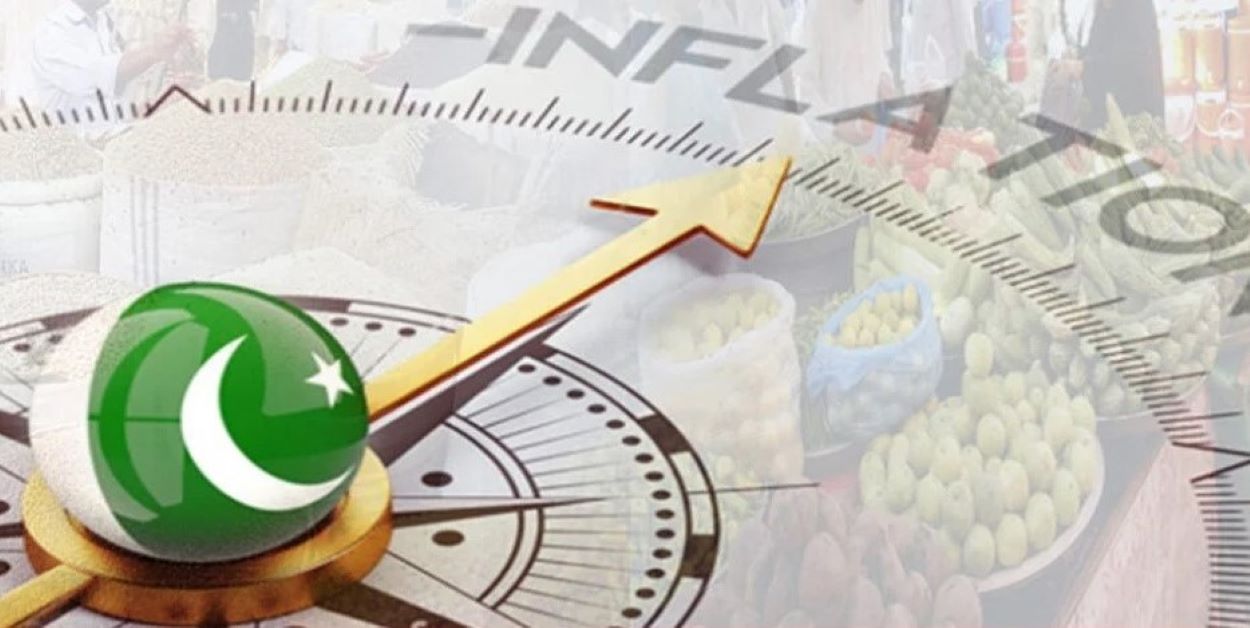The Pakistan Bureau of Statistics (PBS) reported that January 2024 saw a modest retreat in Pakistan’s inflation to 28.34% year-over-year. This represents a slight reduction from the previous month’s 29.66%. Despite a month-on-month increase of 1.8%, the rate marks a departure from the three-month rising trend. Notably, inflation still hovers in the double-digit domain, staying below the May 2023 high of 38%.
Monetary Policy and Economic Outlook
The State Bank of Pakistan maintained the policy rate at 22% on January 29, 2023, aiming to temper inflation. This approach, however, draws skepticism from economists who question its efficacy against the backdrop of cost-push inflation. The central bank’s revised inflation forecast for the fiscal year ending in June anticipates a range of 23 to 25%, reflecting persistent economic uncertainties.
Read: SBP Holds Interest Rate Steady at 22%, Foresees Economic Stability
Sectoral Price Movements
In January 2024, price increases decelerated across various sectors, with notable moderation in food, restaurants, and hotels, alongside the transport and recreation sectors. However, the housing and utilities sector experienced a price uptick. Core inflation, crucial for policy decisions, was recorded at 17.80% in January 2024, hitting an 11-month low. The sensitive price indicator and wholesale price index also showed slight movements, indicating fluctuating costs in food and non-food items on a month-on-month and year-on-year basis.
In summary, while Pakistan’s inflation rate has slightly decreased, the economy remains under pressure from various factors, including high energy costs and a weak currency. The central bank’s efforts to manage inflation through high policy rates are met with criticism, suggesting a complex economic landscape ahead.






